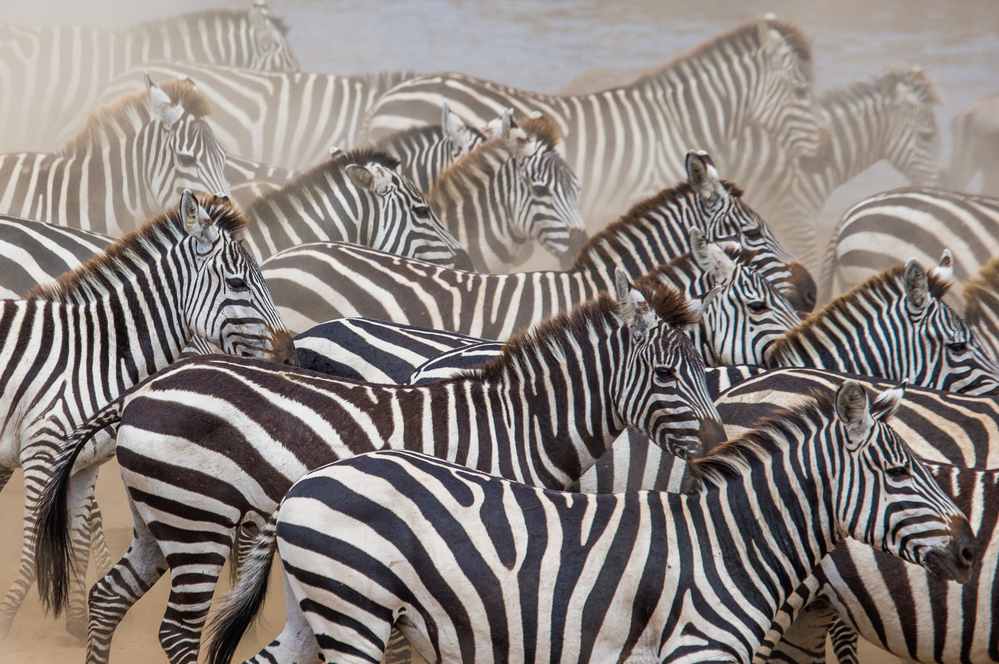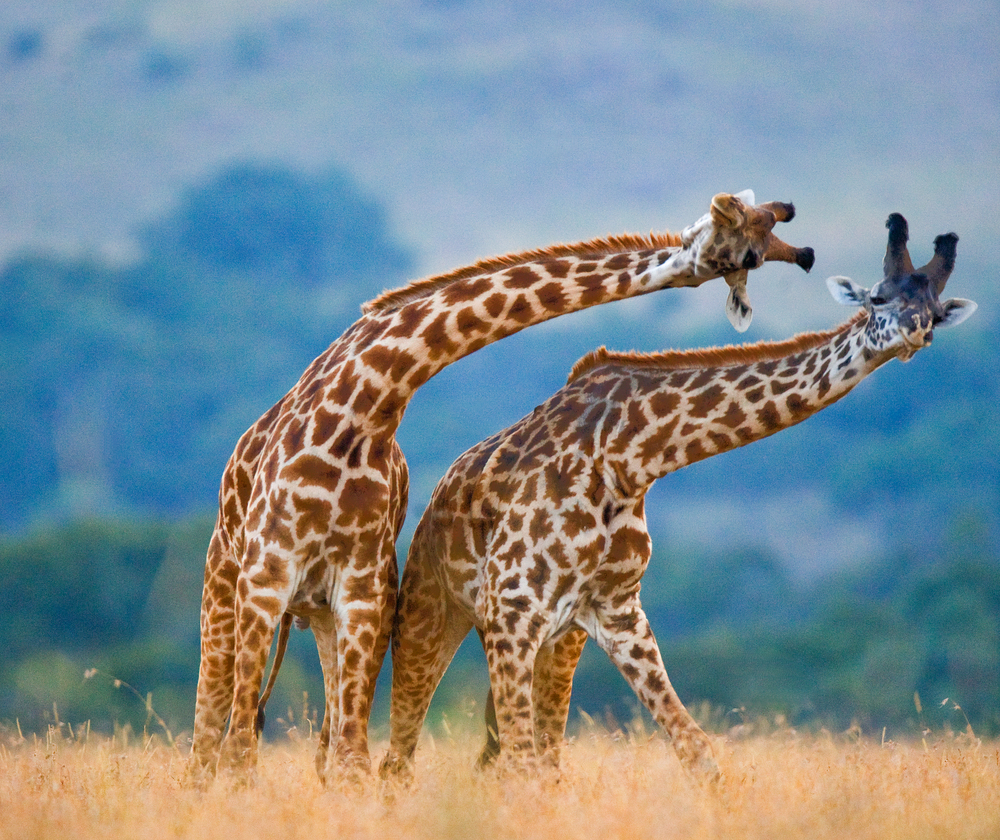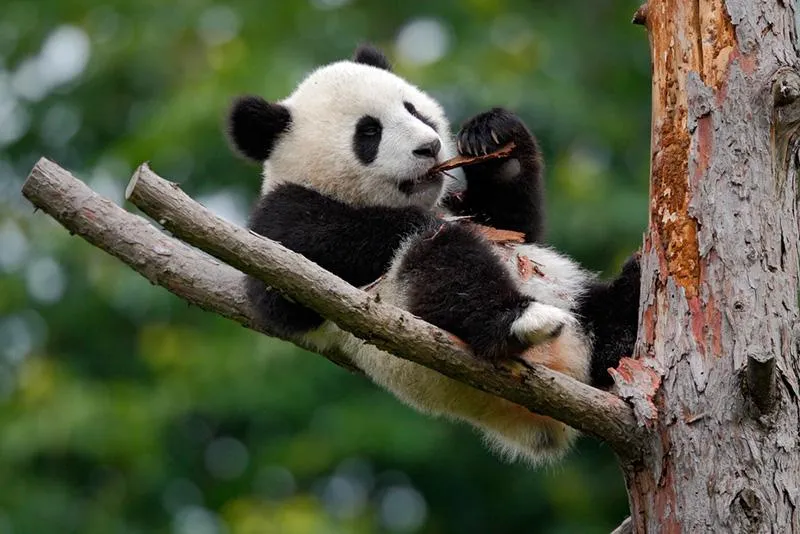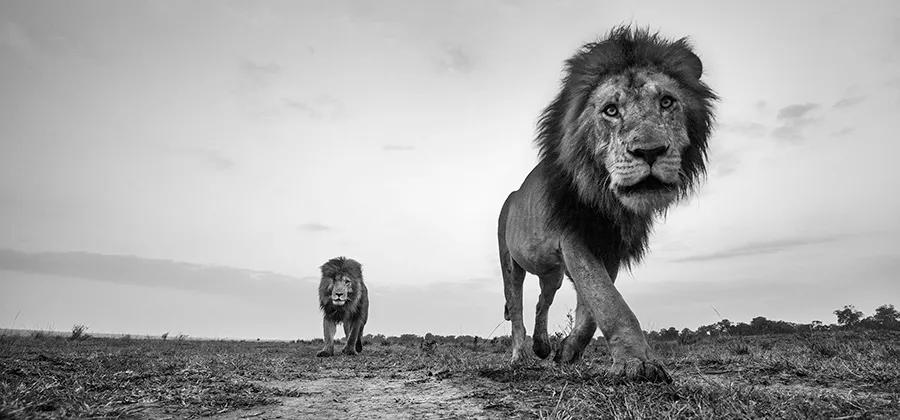Wildlife Photographer Andrey Gudkov on Expeditions, Gear, and Danger
Andrey Gudkov is a wildlife photographer, who was honoured by National Geographic Russia, the International Federation of Photographic Art, the Royal Photographic Society and received dozens of other international awards. His portfolio consists of unique photos of wild animals and nature, which get everyone to dream of grabbing a camera and going on the expedition to Africa.
Becoming a wildlife photographer of this level is an uphill battle. It is an expensive, complex, and dangerous genre. In this interview, we’ve asked Andrey why he chose to become a wildlife photographer, how long it takes to prepare for the expedition and what dangers he faced in his impressive career.
Wildlife photography as a calling
I have never asked myself in which genre I’d like to shoot. I always knew that I’d like to be a wildlife photographer. My primers were photo albums of the world-famous photographers like Steve Bloom, Frans Lanting, and Michael Poliza. Their works inspired me and provided a kind of nourishing environment for creativity.
Gradually, by trial and error, I developed my own style. At the beginning of my career, everything seemed so simple and understandable. But the more I shot, the more I realized how difficult it was to shoot in this genre and that there is endless room for creativity.
Wildlife photography is an expensive, complex and unpredictable genre. Not everyone can do it professionally.
Our profession is inextricably connected with wild animals and understanding their behavior is almost as important as photography itself. The key to success is knowing how to treat animals so they allow you to get closer.
Apes, for example, understand sign language – an open palm means a friendly gesture. A fist is a threat. Bow your head in front of the two-meter-high male gorilla in a sign of obedience, and it will let you stay close within arm’s reach without any aggression.
On preparation for the expedition
Any creative job, if done professionally, is bound with things such as preparation, financing, post-production and so on.
The expedition should be carefully planned before departure, as the final result depends on it.
It may take weeks or months to get prepared. Sometimes it takes nine months to get ready for two or three days of shooting. It may include correspondence with parks, obtaining the necessary permits, studying the life cycle of a particular animal.
Post-production is also an important, large and complex stage. At first, you need to choose the most interesting images from a whole mass. Then you have to process them, convert to TIFF and crop. The next stage is translation into high resolution and preview formats, archiving, and classification.
Façade is a ready-to-go image and only 10 percent of work. The rest of it is hard work that only a few people share. Wildlife photography is an expensive, complex and unpredictable genre. Not everyone can do it professionally.
On gear
I have two cameras – Canon EOS-1D X. I also have a set of lenses with focal lengths 18-35 mm, 24-70mm, 100-400mm, 180mm (macro) and fix 600mm. That’s the gear I’ve used so far.
On the best destinations for wildlife photography
Each person subjectively chooses the most interesting destination for shooting. For example, I know photographers who have come to Kenya in the last 25 years to shoot the Great Migration. There are those who like the polar latitudes, as well as those who are fond of tropics and jungles.
Let me point out one thing -Africa is the continent that attracts almost all photographers working in the genre of wildlife photography. The sheer diversity of species, and most importantly, accessibility for photography can’t be found anywhere else in the world. Both novice photographers and seasoned professionals come here.
The story behind the photo of wrestling komodo dragons (“Wildlife Photographer of the Year”)
The snapshot of two wrestling komodo dragons is great luck. I’ve been coming to Rinca Island for years hoping to capture it.
Usually, fights between dragon males take place during the mating season, which lasts throughout August. I’ve seen some komodo dragon fights before, but I did not like any of them from the photography perspective. They either were too far, the tall grass covered the view or the background was too “dirty”.
Last December, I came to Rinca again. Two large males met on the hill. From the dragons’ behavior, my guides said there might be a fight. A few minutes later, they showed two great rounds, each lasting a few seconds.
All went well in this photo. I had excellent light, great background, and the absence of foreign objects in front of dragons. You can feel the tension of the moment and the scale of the animals. On the other hand, it seems unreal. It is as if I bought a time machine ticket and moved to Jurassic Park.
I captured this photo hand-held without a tripod on CANON EOS 1 DX with a 100-400mm lens.
On dangerous situations during expeditions
In Zambia, for instance, my guide and I found a lion’s lair. The female left three little lions and went hunting. There was a great temptation to get out of the car and take pictures. I did. I took a couple of shots at a point-blank range. I delved into it so much that I forgot about the lioness. The ranger dragged me in the car at the very last moment. Thus, we managed to avoid an attack.
No shot — even the greatest one — is worth a human life.
On Borneo, I was attacked by orangutans. They are like people, everyone has their own character. I came a little closer, the animal didn’t like it and didn’t hesitate to use his fangs and claws. But these are just episodes. If you dwell on it, it is better to leave the profession.
In wildlife photography, the risk is always present. However, any risk has to be justified. No shot — even the greatest one — is worth a human life.












